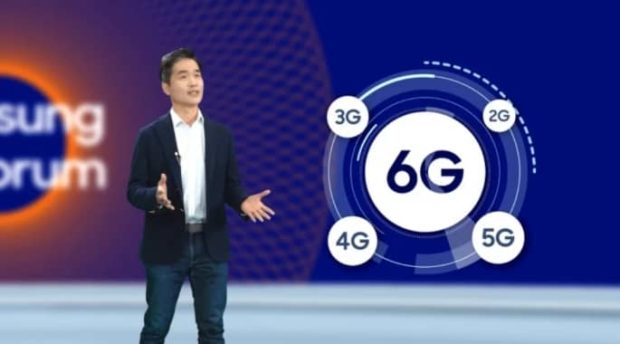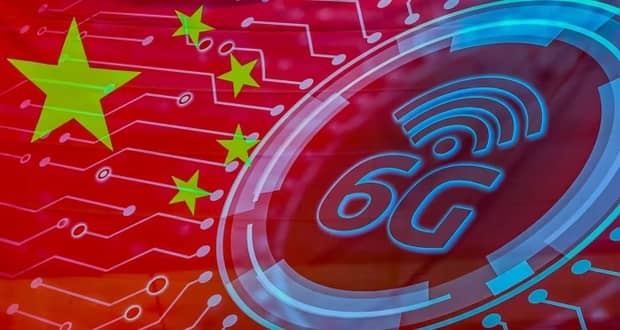Chinese Wireless Internet Was Born With A Download Speed Of 300 Gbps; 6G In China?
China Celebrated Its Success In Testing 6G Ultra-High-Speed Internet With Download Speeds Of 300 Gbps. But What Was The Reaction Of The United States To This News?
With the expansion of the use of 5G wireless communication technology, which has been offered for some time in different regions of the world, the focus of some countries has turned to the development of 6G wireless networks.
While the fifth generation of this network is already a significant improvement compared to previous wireless technologies, 6G is expected to undergo modifications in speed, latency reduction, artificial intelligence, security, etc.
In this regard, understanding the possible differences between 5G and 6G requires awareness of the potential of the next generation of wireless communications.
While the 5G network is still expanding globally, the 6G research and development process is underway. According to the latest reports, China is testing its ultra-fast wireless internet with a staggering speed of 300 Gbps.
US concerns over China’s success in testing 6G ultra-high-speed internet

As the race to develop 6G technology has already begun, China’s success in trying its super-fast internet has the United States worried more than ever. This issue is so crucial for America that last week’s White House meeting with executives of major technology companies was centered around the next generation of wireless communications.
US officials are worried that other countries will take the lead in creating new 6G connectivity standards, and the news from China has them scrambling more than ever.
The Chinese Academy of Aerospace Science and Industry recently reported a successful wireless transmission at the terahertz (THz) frequency level for the first time, achieving a data rate of 100 Gbps. To put this into perspective, 5G coverage in the US at 1 Gbps is now considered very fast.
The technology uses terahertz frequencies, similar to the millimeter wave band used in 5G, which can cause problems with signal range and penetration through clouds and fog.
However, THz communications can perform wireless transmission almost as well as fiber transmission. Since we are unlikely to see widespread 6G networks before 2030, this new technology is a significant breakthrough that could lead to excellent services in entertainment, automotive, and more.

